Nothing drives me crazier than simplistic solutions to complex problems. Given our changing climate, there has been an explosion of “drought tolerant” and “firewise” plant lists in the gardening world. Most of these lists are devoid of science and all of them are removed from reality. The fact is that taxonomy plays a minimal role in determining whether a plant will tolerate environmental extremes.
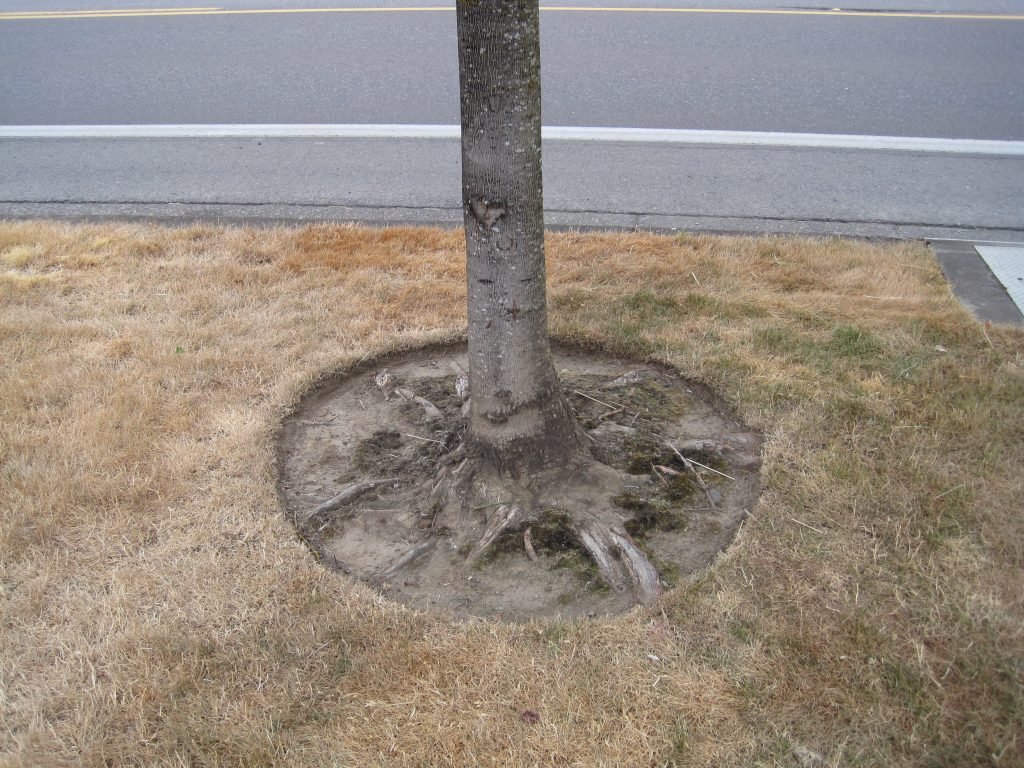
Let’s start with the most obvious problems with these lists. The goal isn’t to have plants that require less additional water – it’s to have a landscape that requires less additional water. Similarly, the relative flammability of plants is less important than whether the landscape surrounding those plants is protected from fire. Plants don’t exist in vacuum and unless you are strictly a container gardener a single plant’s impact on water use or fire resilience is negligible. So a gardener’s questions should be “How can I make my landscape more drought tolerant? How can I reduce the likelihood of wildfire damage?” And these are questions that can be addressed with knowledge gleaned from applied plant and soil sciences.
Drought Tolerance
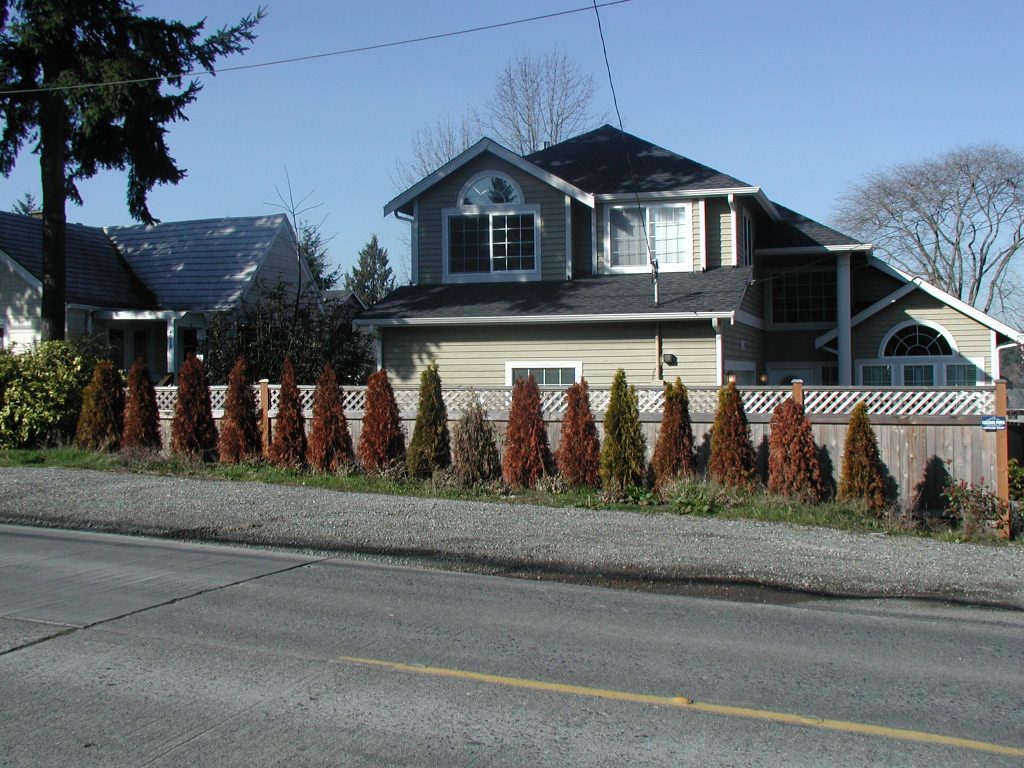
First of all, let’s think about what “drought” really means: it’s an unusual lack of rainfall. It doesn’t mean no irrigation, and it doesn’t mean dry soil. Drought is a climatological term, not one associated with soil water management. Fine roots and their root hairs require water to function. Without sufficient soil water plants will go dormant or die, particularly during establishment. Plants that are drought tolerant can tolerate seasonal lack of rainfall, but they can’t tolerate chronically dry soil conditions.
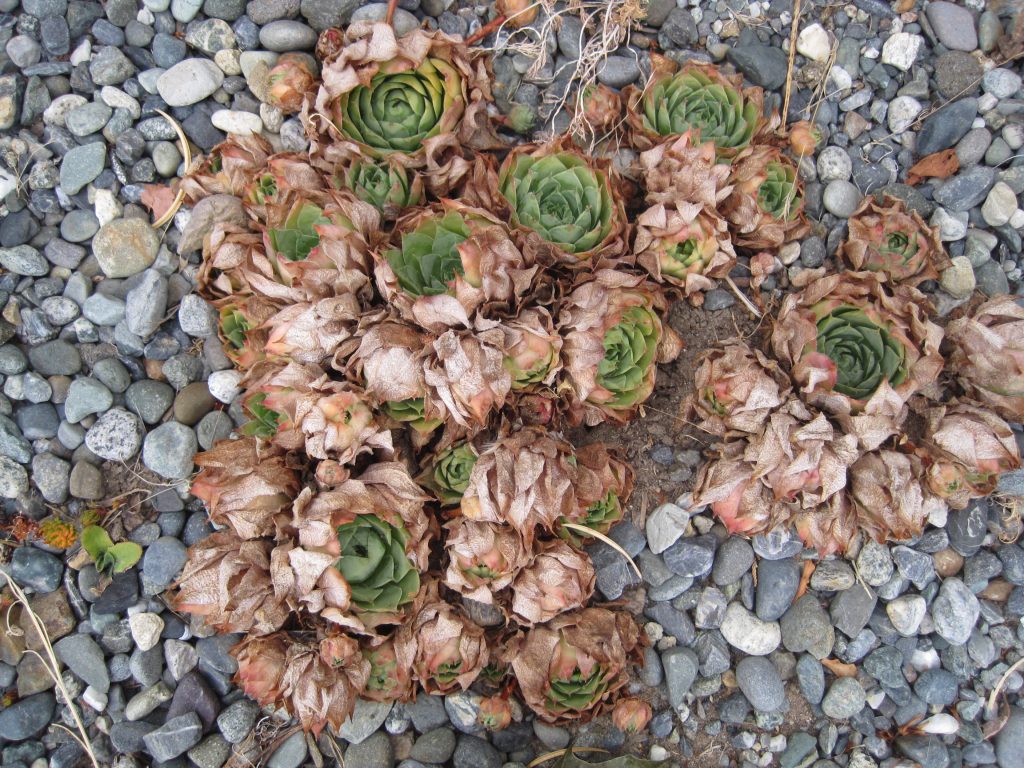
So we need to look at the landscape factors that allow plants to survive droughts. This includes
- Root systems that are well established. This means no barriers between the roots and the landscape soil system. Barriers include soil amendments and any materials left on roots during transplant (like soilless media, clay, and burlap). Obviously proper planting is key.
- Adequate water movement into and within the soil environment. Anything within the soil environment that creates a textural barrier, like soil amendments, prevents water movement. Anything on top of the soil environment that creates a physical barrier, like sheet mulches or compacted layers, prevents water movement into the soil. Sheet mulches include plastics, fabrics, cardboard, and newspaper.
- Adequate irrigation to support all plants in the landscape. The easiest way to determine whether there is enough soil water is to focus on one or two well-established indicator plants that you notice are the first to show wilt in the summer. That’s when the irrigation should be turned on. For our landscape in Seattle, it was a south-facing hydrangea.
- Properly mulched soil. Mulch is crucial for soil and plant health, especially in terms of soil water retention and temperature moderation. The best choice for a tree- and shrub-dominated landscape is arborist wood chips. The best choice for arid landscapes is stone mulch – but if this landscape is dominated by trees and shrubs, you need the wood chip mulch. Trees and shrubs, by and large, are not the dominant plant form in arid environments. If you are going to grow plants out of place, you need to include the mulch that matches.

These four environmental conditions are key to maintaining a drought-resistant landscape. In terms of appropriate plants, just realize that plants with small, thick leaves lose less water than those with broad, thin leaves. If you want a landscape that conserves water, by all means choose plants whose evaporative water loss is the least.
Firewise Landscapes
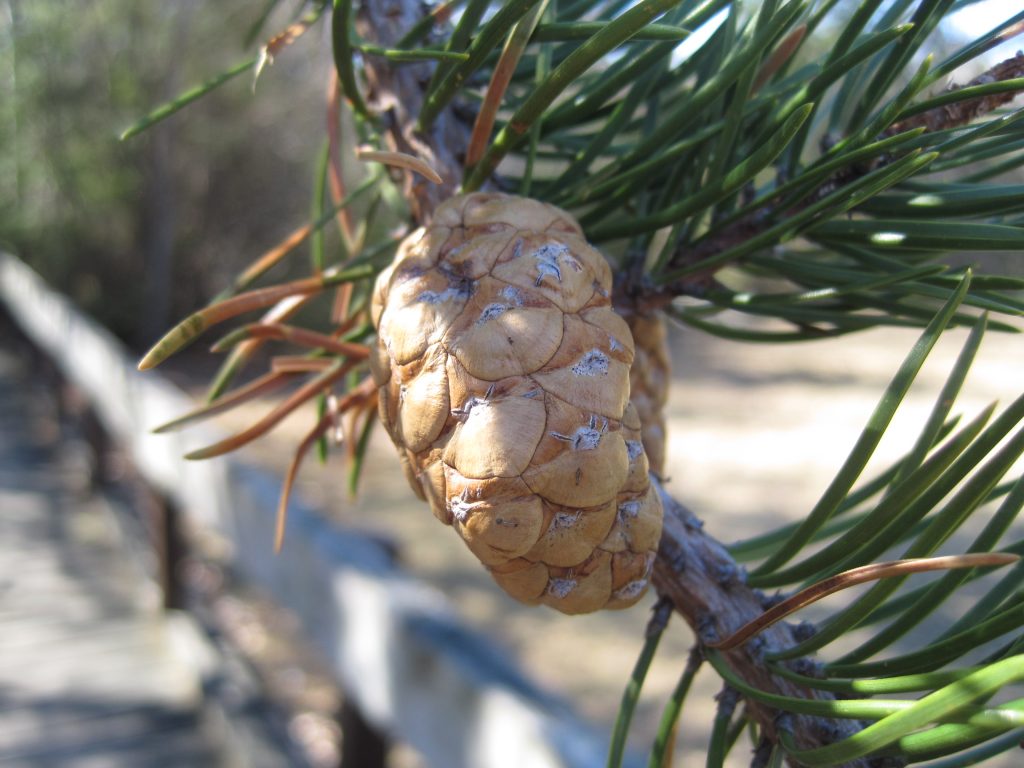
I’m not crazy about the term “firewise” as it’s not really a science-based concept. There are natural landscapes that routinely experience fires, and plants native to these landscapes have evolved mechanisms to survive moderate fires. Trees with thick bark, for example, can survive fires that are low to the ground and quick to move through. Other plants may perish in a fire, but leave behind fire-resistant seeds that are able to germinate after the next rainfall. This is not what’s meant by a firewise landscape. Instead, the premise appears to be selecting plants that are low flammability. (Jim Downer tackled this one a few years back but the message just isn’t sinking in.)

Once again, the focus of this approach is mistakenly directed to plant selection rather than landscape resilience. The best way to reduce the risk of fire is to have a landscape filled with healthy, hydrated plants and a soil protected by the least flammable mulch. The two mulches recommended for drought tolerant landscapes also happen to be the least flammable: stones and arborist wood chips.
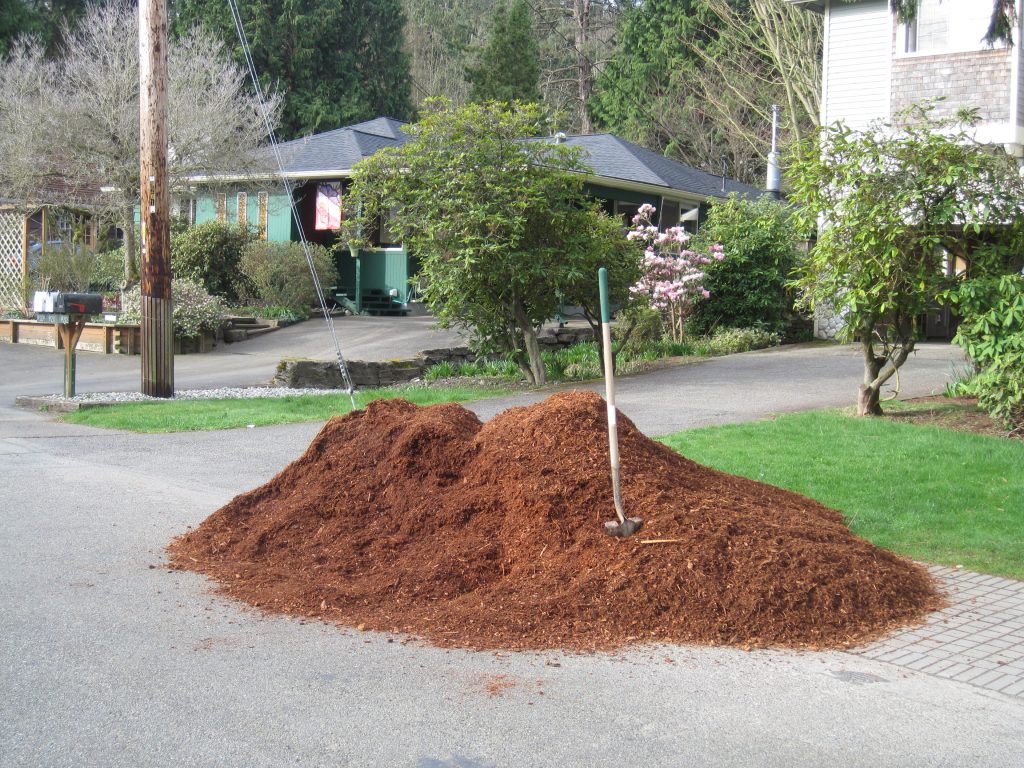
Bark mulch is hydrophobic and flammable in the landscape. 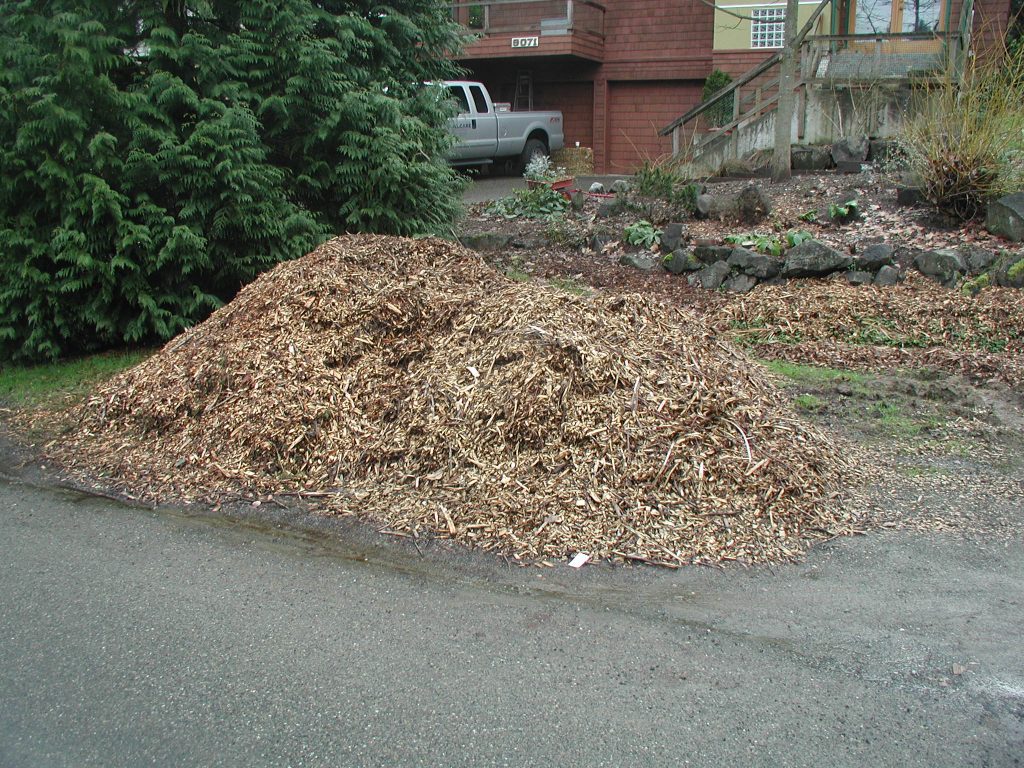
Arborist wood chips are hydrophilic and nonflammable in the landscape.
Despite published evidence that arborist wood chips are not very flammable when compared to all other organic mulches, many governmental groups specifically recommend against them. This is a problem. Stone mulches are great choices IF the plants in question are native to arid zones. Trees and shrubs that are not from arid zones generally require the presence of woody debris to enhance mycorrhizal and root health. Without the proper mulch, these woody plants are less healthy and likely less hydrated than their counterparts under arborist chip mulches. That makes them more, not less, susceptible to fire damage.
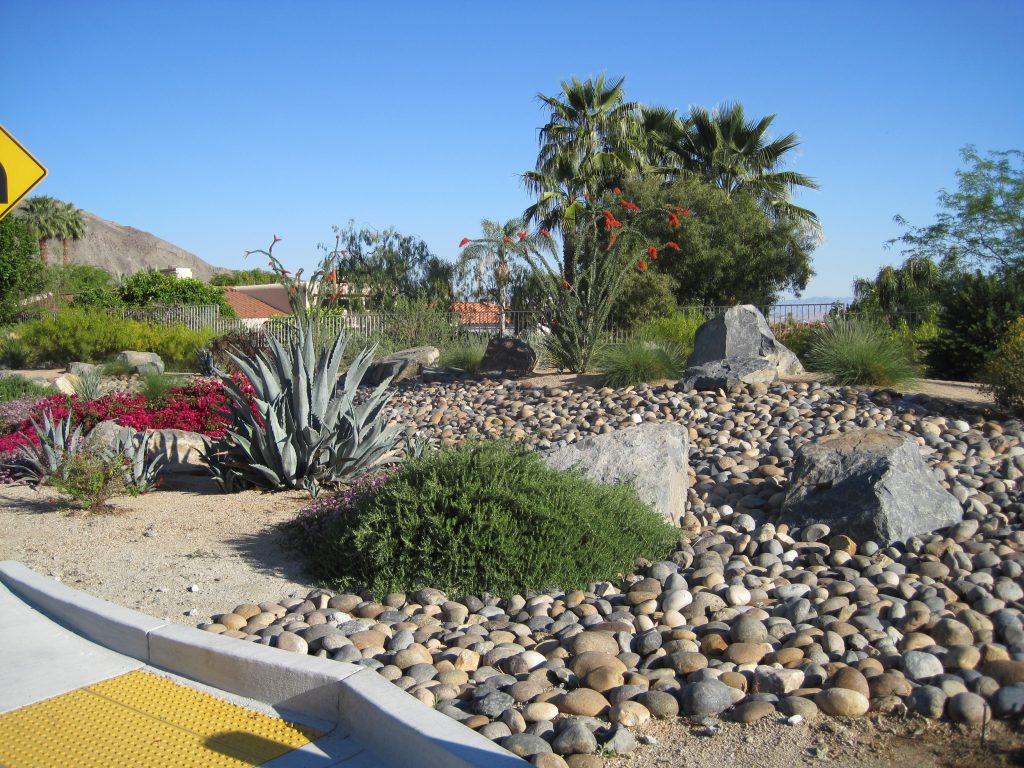
Most of the confusion around arborist chip mulches is probably the result of regulatory agencies confusing bark mulches with wood chip mulches. Bark mulches ARE flammable as they contain waxes and are not great choices for root and soil health. They should be avoided. Agencies associated with fire control methods need to be better informed about the significant differences between these two types of mulches and how they affect plant resilience.

And finally, it is important to understand that major wildfires are going to burn anything that’s organic. If you live in such an environment, the best thing you can have in your landscape is no plant material of any sort. A buffer of stone mulch is the only logical option.
Dr. Chalker-Scott, thank you for your willingness to extend your knowledge via these posts. I have learned so much from them. As a resident of coastal Southern California I am not certain if my region would fall into your ‘arid’ category and I think your mulch recommendation could be more finely tuned for a region like ours. We are not in a desert climate, we are a Mediterranean climate. Our ecoregion’s plant communities are coastal sage scrub and chaparral. Two rare and endangered plant communities. Our natural landscapes have very little bare ground, and our shrubs and trees are highly dependent on their mycorrhizal partners. Our region is much misunderstood, particularly where mulch is concerned. Our native plants are mostly woody, not succulent (though we have a few). My general rule when deciding on mulches is: if a tree or shrub creates its own mulch, then a woody mulch is best. If it is riparian (ie., our native rushes) or a succulent, then a mineral mulch is best.
It’s more dependent on whether a plant is woody or not. Woody plants, by and large, are mycorrhizal and need woody debris for this relationship. Nonmycorrhizal plants do not need woody material.
Note that the “Sedum” in the above shot is actually a Sempervivum.
Thanks for that! Plant ID is not my strong point.
Thank you for another interesting post! Have you considered putting all of the Garden Professor posts together into a book? The information is just too useful to be “locked away” inside a “digital tower.”
Another book project! No, I hadn’t thought about it, and it would be difficult especially with those posts that generated lots of comments. I agree it would be nice to have a more visible archival system, so that people could find posts more readily than by using the search function.
Thank you for this. A question about bark mulches for those of us who have trouble getting access to arborist wood chips: Is there any meaningful difference between the shredded and nugget forms? Fortunately, fire is less of a worry here in central Virginia, at least for now, but in terms of water movement and soil moisture?
Bark is not a good mulch because it’s hydrophobic and doesn’t become integrated with the rest of the soil system; nuggets are worse in this regard than shreds. I would really encourage to contact a tree service or sign up with ChipDrop.com for a delivery. If you live where there are trees, there are going to be chips produced.
Thank you once again for a great post – making the distinction between individual plants and the overall landscape is a high hurdle for many people and you have given me some good language for speaking to my customers who are often looking for plants they don’t have to water and care for. I often find myself (politely) talking them down from their online research. I’d like to dismiss online research altogether – most lists and recommendations of any kind are not regional, mix annuals, tropicals and houseplants in with perennials that might or might not do okay here in Missouri, not to mention plants not available to retail nurseries. Over and over I have to say “yes, drought tolerant ONCE ESTABLISHED!” Identifying an indicator plant is brilliant and I will be sure to pass that on, a canary in a coal mine!
Tantastic article, thank you for the mulch and wood chip info that is what I thought as my sister was convinced to add wood chips to her garden instead of mulch. Besides the wood chips were free from Chip drop. We placed them last year under several trees, shrubs etc. This year everything needed less water, less weeds, and the bonus of several types of fungii were amazing to see. Wood chips are the best. We placed them over tulips, because they have space and settle into the environment the tulips grew right through the wood chips.
Thank you so much for the article. Do you recommend watering Garry Oaks, or letting them be during severe drought? In the past I’d heard that watering may be detrimental, but we’ve experienced such crippling droughts that I’m not sure this is still the case.
If they are new transplants, then yes, you must or they will fail. If they are established, they will do just fine as long as you have mulched the root zone with arborist wood chips.
Thank you for the article, so many trees and shrubs that are planted and die. Good to have information on why and what we can do to assist.